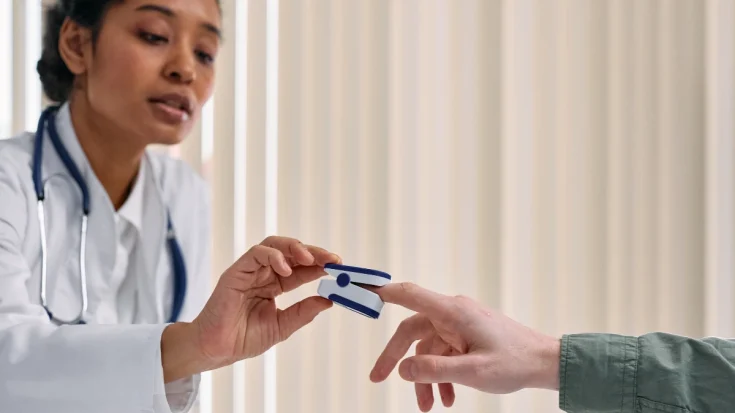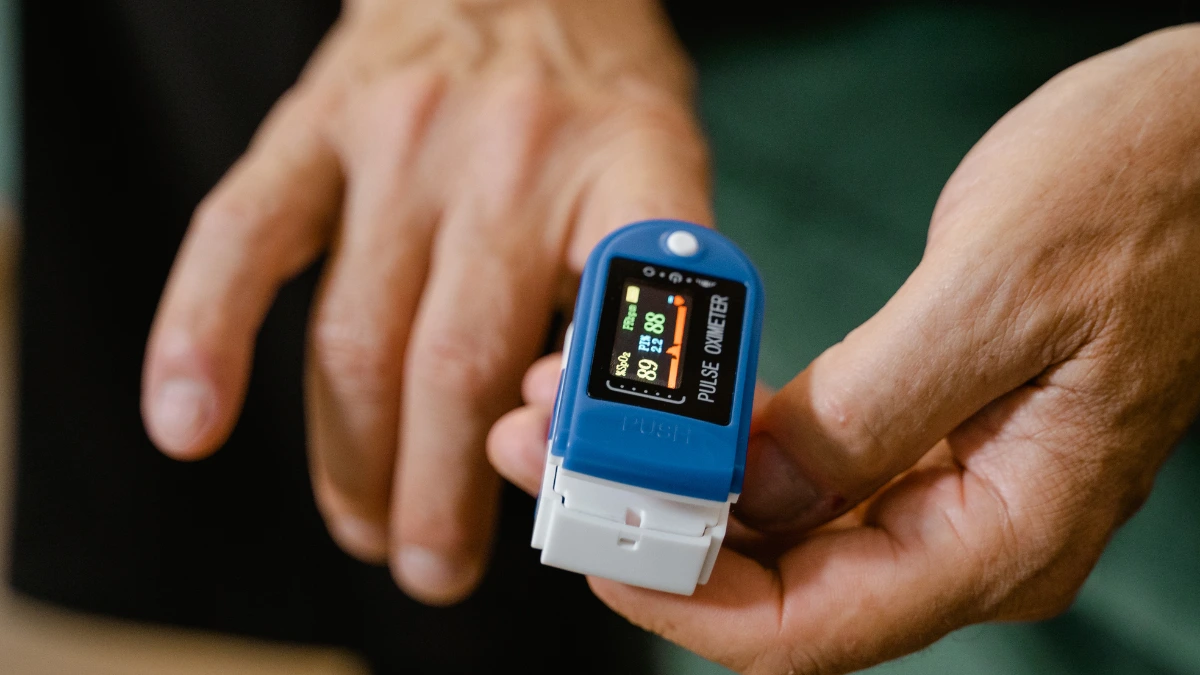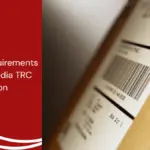The pulse oximeter, a compact, clip-shaped device that is usually attached to the fingertip, has become an increasingly recognized tool for measuring blood oxygen saturation and pulse rate.
With pulse oximeters playing an important role in various health monitoring scenarios, knowing one’s pulse oxygen level can be easy.
This article will discuss pulse oximeters from their definition, mechanism of action, and various functions, to an overview of its regulation in Indonesia.
Also Read
Table of Contents
What is a Pulse Oximeter?

A pulse oximeter is a clip-shaped device that is generally attached to the finger. It measures blood oxygen saturation and pulse rate. With this tool, information about oxygen levels in the blood may be obtained without the need for a blood draw procedure.
Currently, oximeters are widely sold in pharmacies, and some smartphones, smartwatches, and smart bands have features to measure blood oxygen saturation and pulse rate.
How does Pulse Oximeter Work?
Pulse oximeters work by using light to measure oxygen saturation in the blood, specifically in the arteries. Here are the details of how the oximeter works:
- Light emission: The pulse oximeter emits light of different wavelengths, red light (around 660 nm) and infrared light (around 940 nm).
- Absorption of light by hemoglobin: This light passes through the finger and is absorbed by the hemoglobin in the blood.
- Measuring the amount of light: Hemoglobin bound to oxygen (oxyhemoglobin) absorbs more infrared light, while hemoglobin not bound to oxygen (deoxyhemoglobin) absorbs more red light.
- Calculation of oxygen saturation: The device then uses an algorithm to compare the amount of red and infrared light absorbed to calculate the proportion of oxygenated and deoxygenated hemoglobin.
- Results displayed: The results of the oxygen saturation and heart rate (pulse rate) measurements are displayed on the device’s screen.
The Benefits of Pulse Oximeter

Pulse oximeters are often used by healthcare professionals to monitor patients with conditions that affect blood oxygen levels. It is useful for monitoring blood oxygen levels in a variety of conditions, including respiratory diseases, heart conditions, and during self-isolation, such as COVID-19 patients. Here are some other benefits that doctors commonly use with a oximeter:
- Monitoring the results of lung medications that have been administered.
- Evaluating the need for respiratory support.
- Assess how the ventilator is assisting the patient’s breathing.
- Monitoring a patient’s blood oxygen level during or after surgery using sedatives.
- Identify the patient’s need for external oxygen support.
- Measure the success of supplemental oxygen administration, especially when the patient starts a new medication.
- Measure how the patient responds to increased body movement.
- Check for short pauses in breathing during sleep, which may indicate sleep apnea.
Limitations of Pulse Oximeter
Despite its many benefits, the pulse oximeter has limitations for monitoring the condition of patients with oxygen saturation below 70% and may not provide accurate results in patients with certain conditions, such as vasoconstriction or hypotension.
Pulse Oximeter Regulation in Indonesia

A pulse oximeter uses communication technologies such as Bluetooth that operate within a specific frequency spectrum. In Indonesia, any Bluetooth-based wireless device is required to have DJID (Directorate General of Digital Infrastructure) under the Ministry of Communication and Digital (KOMDIGI).
Pulse oximeter regulations are based on KEPMEN No. 260 Tahun 2024, which requires all Bluetooth-based devices to meet specific technical standards before being sold in the country.
The DJID certification ensures that the product meets government safety and quality regulations and does not interfere with other communication devices. The certification process involves technical testing, such as frequency adjustments, safety checks, and compatibility with the surrounding environment.
Once the tests are completed, products that pass are listed in a Test Result Report, which confirms that the product is safe and ready for sale in Indonesia. This report reassures customers that the product meets technical standards and is secure.
For companies wanting to sell pulse oximeters in Indonesia, Type Approval Certification Services for ICT Products are available to assist with this process. This service includes preparing technical and legal documents, conducting required testing, ensuring compliance with regulations, helping companies streamline the certification process, and giving consumers confidence in certified products.


















